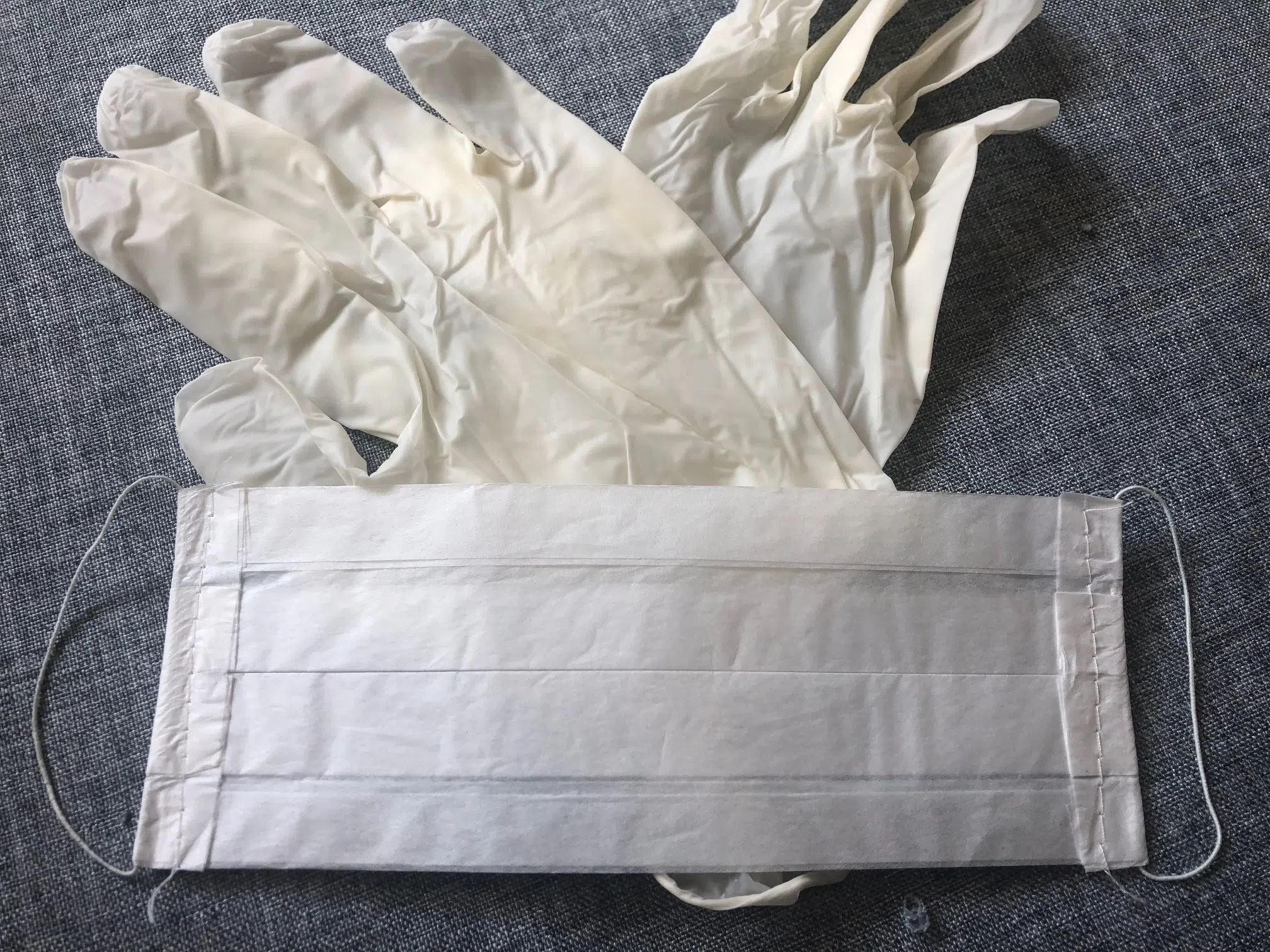What COVID-19 has taught everybody is that the virus is invisible – you can’t see it – but it can be present in an individual or on a surface, and your hands can be the vector which transmits it, and other viruses.
That, from Dr. Joseph Blondeau, the head of clinical microbiology at Saskatoon’s Royal University Hospital. He’s also the provincial lead for microbiology with the Saskatchewan Health Authority.
So how does cross-contamination happen? Blondeau describes what it is, and how it can transmit COVID-19.
“If somebody’s infected with the virus and the particles that come out of your mouth, can be carrying the virus. So, if you sneeze and if you cough, you’re actually ejecting these particles towards whatever surface you happen to be sneezing or coughing towards.”
For example, if you’re sitting at a desk and you sneeze at your desk, and you happen to be positive for the virus, you’ve just contaminated the surface. Somebody else may come along and touch the surface and put their hands in their eyes, nose or mouth (and) can then introduce the virus to themselves.
Gloves and masks can help as barriers, but only if you stop touching your face.
“If you’re wearing gloves and those gloves become contaminated touching a surface and you bring your hand up to your face, your nose, your eyes, you can still transmit the virus…a glove is simply a barrier.”
Similarly with masks. Blondeau says just because you have a mask on, it doesn’t mean you’re completely without risk. Some people touch their faces more often.
According to Blondeau, there is also published evidence indicating the virus can live on plastic surfaces for up to three days and on cardboard for one day.
“If we’re touching surfaces,” he says, “We have to teach ourselves to wash our hands much more frequently than we’ve ever been used to doing in the past.”
As a microbiologist, he and his staff are acutely aware of everything they touch, and his advice is that yes the general public should be worried about things they touch. Steps to help ourselves, including carrying disinfecting wipes and hand washing.
“If the lesson going forward is that people will wash their hands more often, it will not only help with this virus, but other viruses and bacteria as well.”







